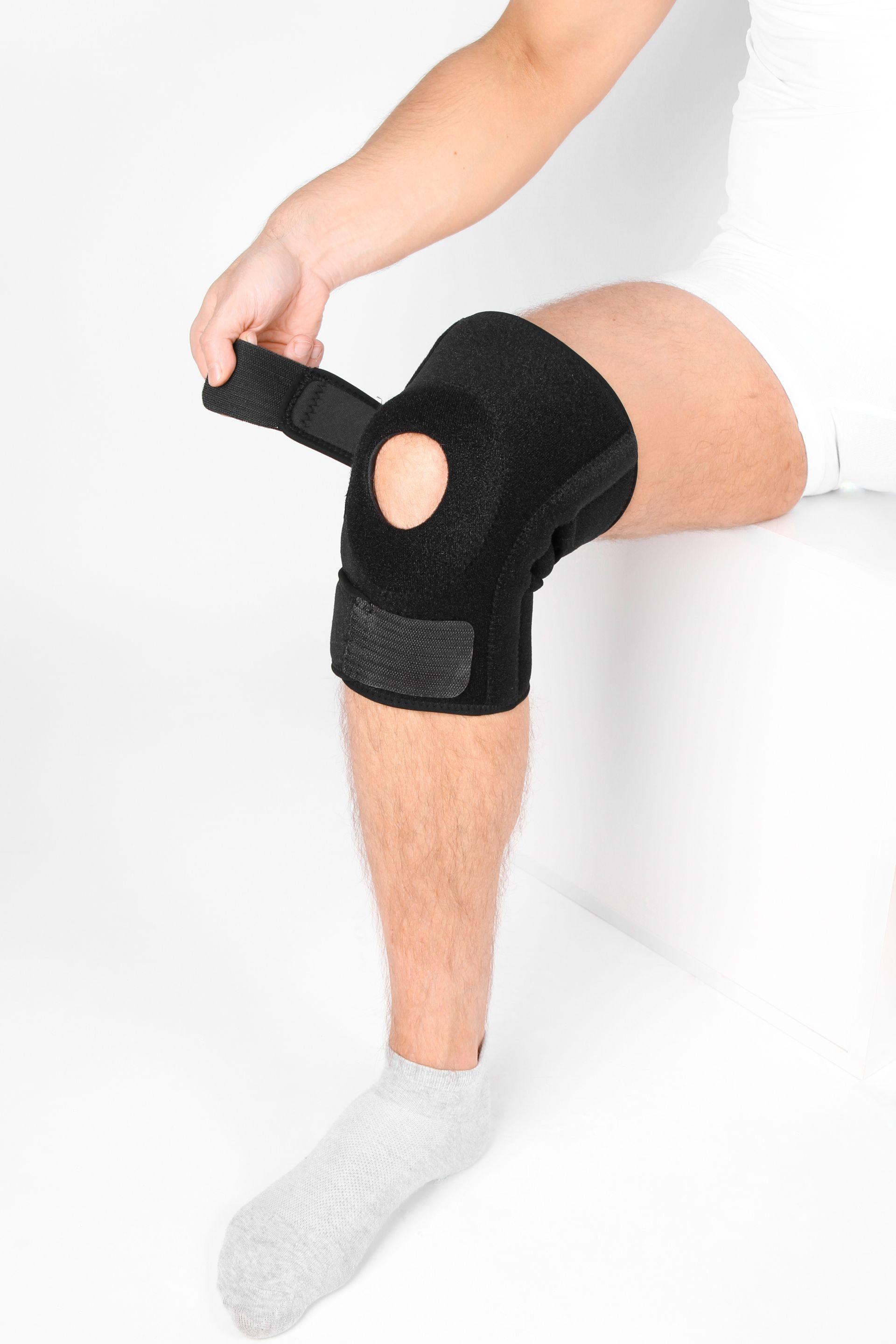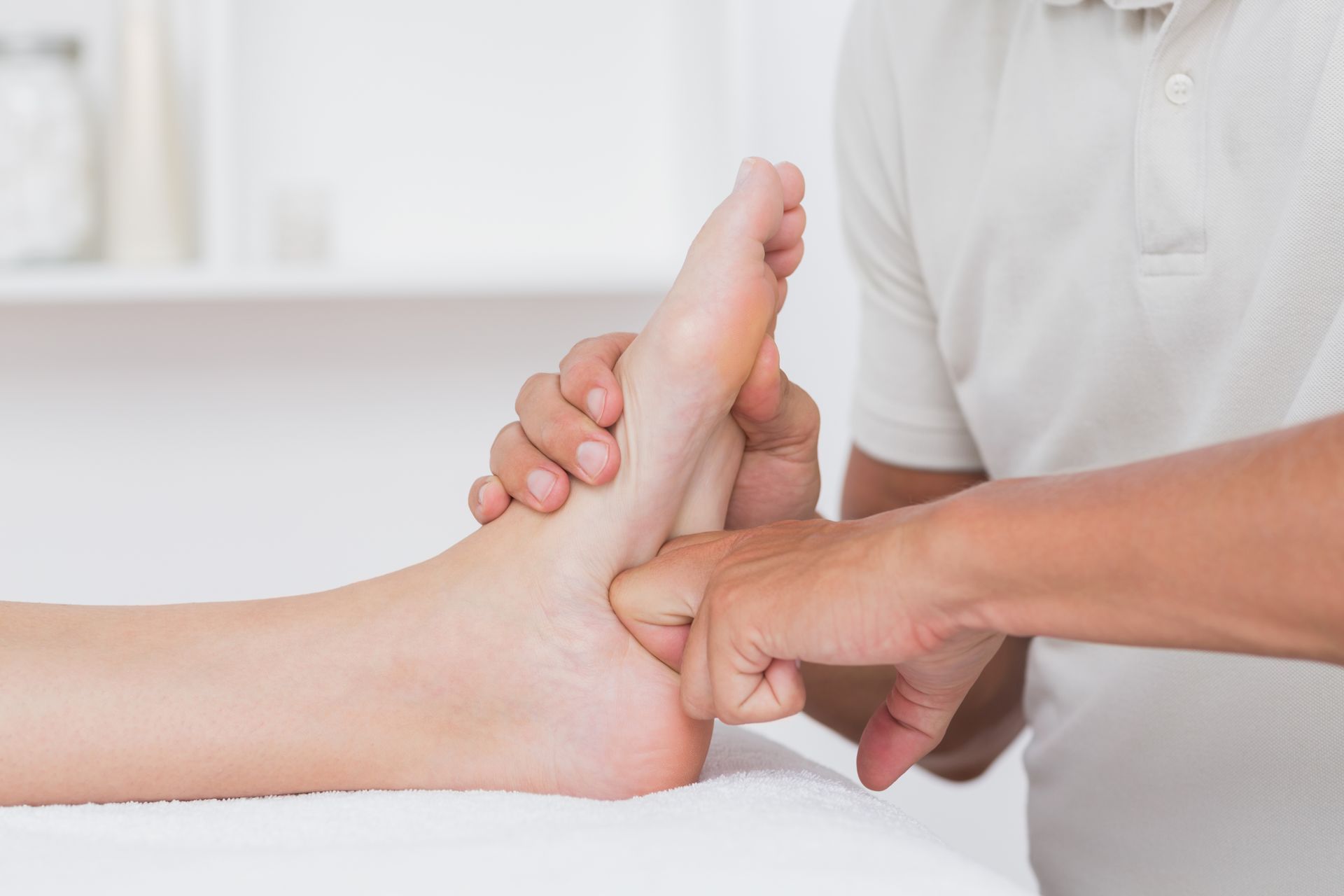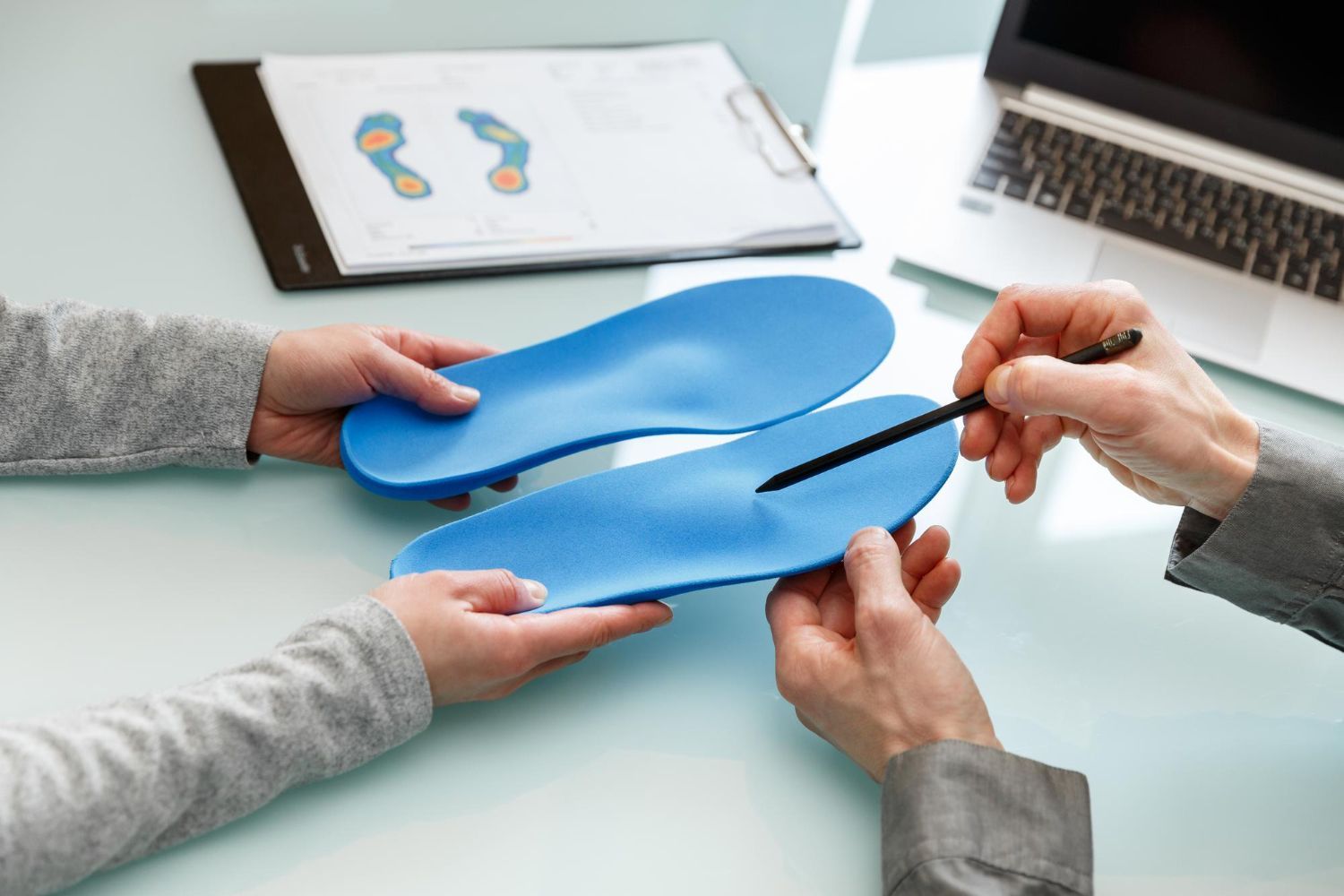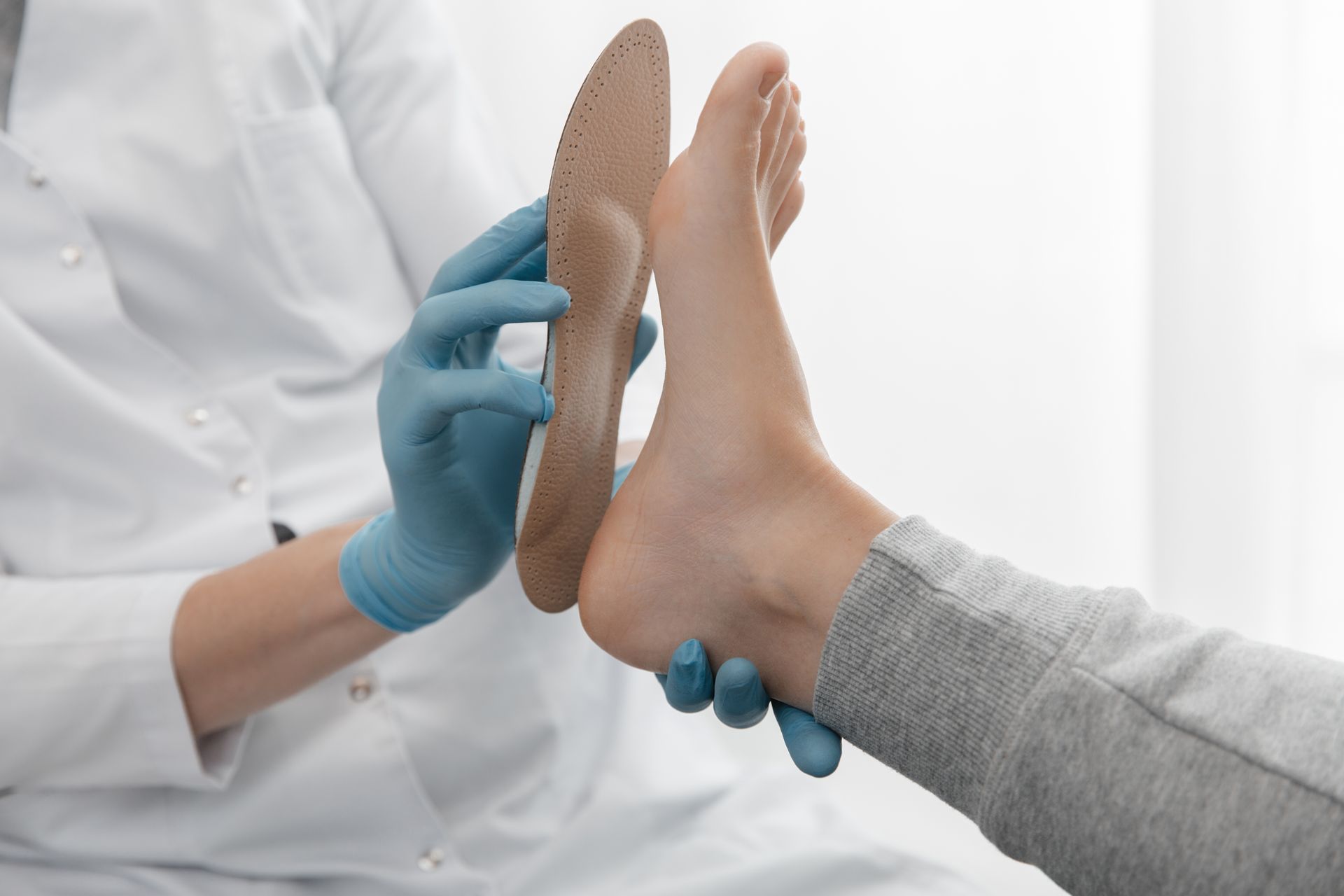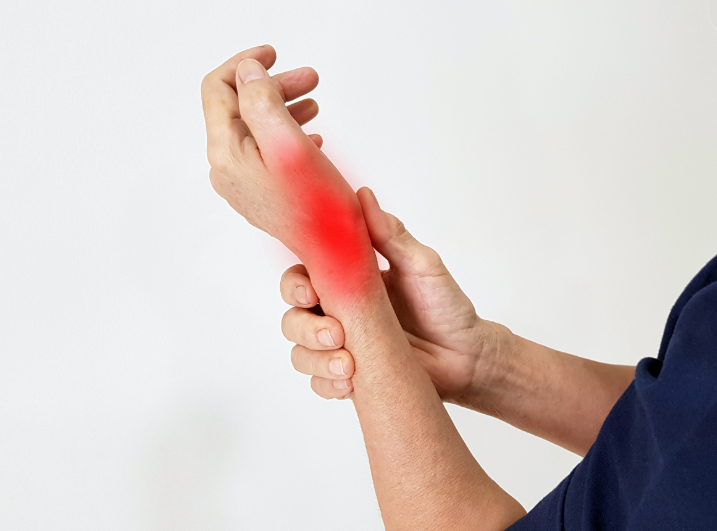Heat vs. Ice: Unlocking the Secrets of Injury Recovery
When it comes to injury treatment, the debate over using heat or ice is a common one among athletes and physical therapy patients alike. Both modalities serve distinct purposes, and understanding when to use each can significantly enhance recovery. At Delta Physiotherapy & Rehab, our patients often ask us to explain why we are using one or the other.
How They Work
Ice is often employed immediately after an injury. It constricts blood vessels, reducing swelling, and numbing pain. Ice is particularly effective for acute injuries like sprains, strains, or any inflammation resulting from a sudden impact. It is important to put a cover (i.e. pillowcase, towel, etc.) over the ice pack you are using to protect your skin. In using ice, you will notice that you feel four different stages of the treatment. These fall under the acronym CBAN. This stands for: C - Cold, B - Burning, A- Aching, N - Numb. The initial cold sensation will last for around 3-5 minutes before you start noticing the other stages in order. Proper application of ice can be uncomfortable so it's important to know these symptoms so that you know what to expect. Once the numbing stage begins, it is important to remove the ice. There are varying opinions on the duration ice should be applied, but one of the most common recommendations is the 10 minutes on-10 minutes off method.
Heat, on the other hand, promotes blood flow, which can aid in healing and relaxation of tight muscles. It’s beneficial for chronic injuries, like muscle stiffness or ongoing joint pain, where increased circulation can facilitate recovery. Using heat promotes vasodilation (the widening of blood vessels), which helps to transport more lactic acid and toxins away from the muscles.
When to Use Each
Ice is best for:
- Acute injuries (e.g., sprains, strains)
- Swelling and inflammation
- Immediate pain relief following an injury (24-48hrs)
Heat is ideal for:
- Chronic muscle tension
- Stiffness in joints
- Recovery after intense workouts
Comparing and Contrasting
While both heat and ice can alleviate pain and support recovery, they serve different functions. Ice is about reducing inflammation and numbing acute pain, whereas heat focuses on improving blood circulation and muscle relaxation. It’s essential to assess the nature of the injury: acute injuries generally respond better to ice, while heat is better for long-standing issues.
The Research Landscape
Interestingly, research has not definitively established one method as superior to the other. Studies show both heat and ice can be effective in their contexts, but individual responses may vary. This lack of concrete evidence fuels the ongoing debate, leaving many to rely on personal experience or professional advice.
Why Physiotherapists Use Both
Physiotherapists often recommend alternating between heat and ice as part of a comprehensive treatment plan. This dual approach can harness the benefits of both modalities, providing immediate relief and fostering long-term recovery. At Delta Physiotherapy & Rehab, we determine what approach will work best for you based on the nature of your injury/condition. Ultimately, knowing when to use heat or ice can empower patients to manage their injuries more effectively, enhancing overall recovery and prevention strategies.
Book a free 15 minute consultation with us today at Delta Physiotherapy & Rehab at either of our convenient locations in Central Parkway or Dundas, Mississauga, and we will get you started on your healing journey!
Our Services
Delta Physiotherapy & Rehab Mississauga - Central Parkway
325 Central Parkway W, Unit 38, Mississauga, ON L5B 3X9
Phone: (905) 822-9898
Email:
info@deltaphysiotherapy.ca
Delta Physiotherapy & Rehab Mississauga - Dundas
2400 Dundas St W, Unit 16, Mississauga, ON L5K 2R8
Phone:
(905) 822-9898
© 2024 All Right Reserved. Delta Physiotherapy & Rehab Privacy Policy



